Mastering Photography: 7 Advanced Techniques You Should Know
Photography is a captivating art form that allows you to capture moments, emotions, and the beauty of the world around you. As a professional photographer, you’ve already mastered the basics of photography, and now it’s time to take your skills to the next level. In this comprehensive guide, we will explore seven advanced photography techniques that will elevate your craft and help you create stunning and memorable images.
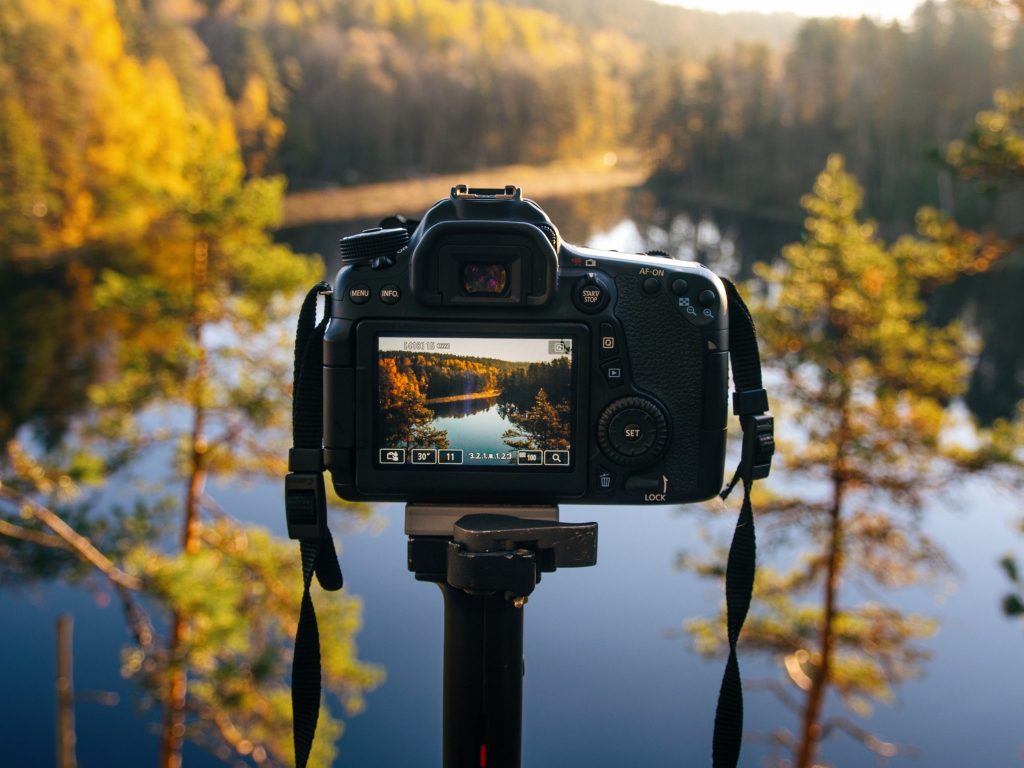
What Is the Essence of Outdoor Photography?
This is very easy because this genre is all about taking pictures outside, away from indoor settings. It involves using natural lighting, without much modification, to capture the beauty of the environment. While artificial light can be used, the focus is on the natural light available in outdoor environments. Indoor photography, even with daylight, is not part of this discussion.
Nature photography offers endless possibilities for backgrounds, although control over light is somewhat limited. To achieve the desired lighting, photographers often have to physically reposition instead of adjusting the light source (portraits can be challenging for this reason). It’s important to look at all the features of this genre so you can grasp its meaning immediately:
- Outdoor photography is about creating a deep connection with the natural world. It is about immersing yourself in the environment, appreciating its wonders, and being attuned to the subtleties of your surroundings.
- Such photography celebrates the natural beauty found in landscapes, seascapes, wildlife, and plant life. It aims to showcase the diversity of the natural world, from majestic mountain ranges to delicate flowers and fascinating wildlife.
- You need to pay close attention to the quality, direction, and intensity of light, whether it’s the warm glow of dawn or the dramatic interplay of light and shadow in changing weather conditions.
- This genre can also tell stories and evoke emotions. Professionals seek to capture moments that tell a story or evoke a sense of wonder, tranquility, or excitement. They may focus on capturing wildlife behavior and environmental issues or showing the relationship between humans and nature.
- Outside photos often involve exploration and a sense of adventure. It encourages photographers to venture into remote locations, seek out unique perspectives, and be open to unexpected encounters.
So, the essence of outdoor photography lies in capturing the beauty, diversity, and spirit of the world’s natural features. It’s about using the camera as a tool to convey the unique qualities of the outside environment, whether it’s the grandeur of landscapes, the intricate details of flora and fauna, or the interplay between people and nature.
Don’t forget that you need to use a photo editor anyway. If you haven’t figured out all the pros and cons of Photoshop vs. Lightroom yet, you’ll quickly find out thanks to our blog post. We’ve also prepared a list of the best presets for Lightroom, with both free and paid options.
Section 1: Long Exposure Photography
Long exposure photography allows you to capture movement, transform ordinary scenes into extraordinary ones, and add a touch of magic to your images.
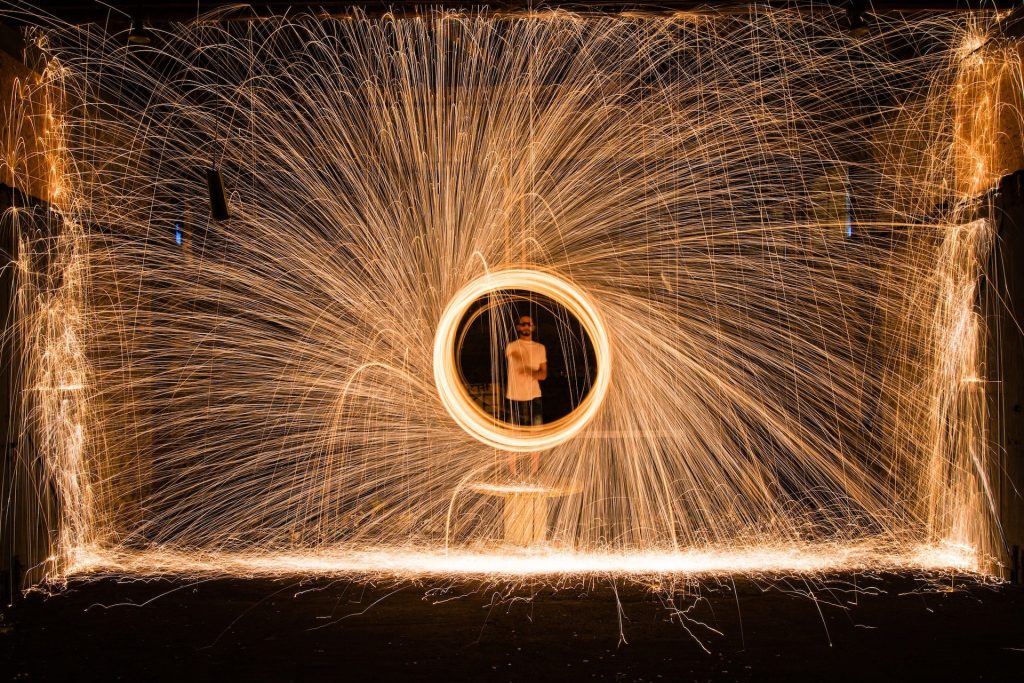
1.1. The Basics of Long Exposure:
- Explanation: Long exposure involves using a slow shutter speed to capture a scene over an extended period. It’s commonly used in landscape, architecture, and night photography.
- Tips: Invest in a sturdy tripod, use a remote shutter release, and experiment with various shutter speeds to achieve desired effects.
1.2. Light Trails and Star Trails:
- Explanation: Capture the mesmerizing trails of light created by moving objects (cars, stars) with long exposures.
- Tips: Find a location with minimal light pollution for star trails, and use a small aperture (high f-number) to avoid overexposure.
Section 2: High-Speed Photography
High-speed photography freezes fast-moving subjects, revealing details and moments that are often missed by the naked eye.

2.1. Capturing the Perfect Splash:
- Explanation: Freeze the motion of liquid splashes with a high-speed flash.
- Tips: Use off-camera flash, experiment with flash duration, and adjust the timing to capture the splash at the right moment.
2.2. The Art of Balloon Popping:
- Explanation: Capture the exact moment a balloon pops, revealing intricate patterns.
- Tips: Set up a darkened studio, use multiple flashes, and employ a sound trigger to capture the precise moment of impact.
Section 3: Macro Photography
Macro photography allows you to explore the intricate details of tiny subjects, revealing a hidden world of beauty.
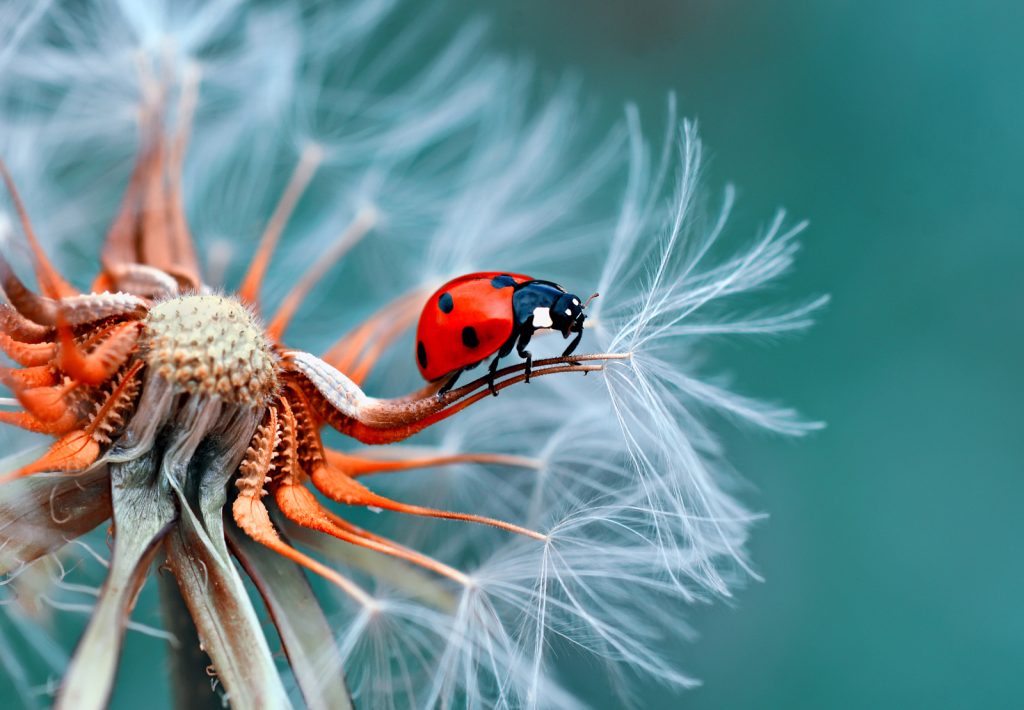
3.1. Getting Started with Macro:
- Explanation: Macro photography involves capturing subjects at a 1:1 or greater magnification ratio.
- Tips: Use a dedicated macro lens, utilize a tripod for stability, and focus manually for precision.
3.2. Lighting for Macro:
- Explanation: Proper lighting is crucial in macro photography to reveal textures and details.
- Tips: Experiment with diffusers, reflectors, and artificial light sources to control shadows and highlights.
Section 4: Composite Photography
Composite photography combines multiple images to create a single, breathtaking composition.
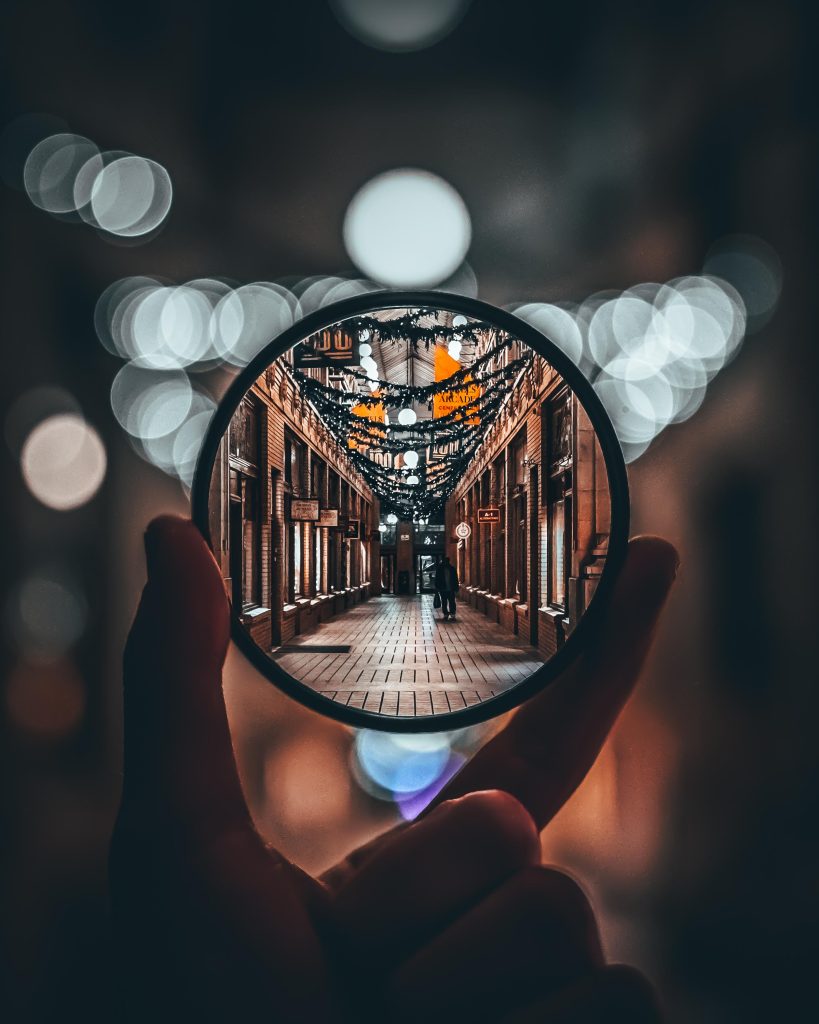
4.1. The Art of Blending:
- Explanation: Create surreal and imaginative images by blending multiple photographs seamlessly.
- Tips: Use a tripod to maintain a consistent frame, pay attention to lighting, and master software like Adobe Photoshop for precise compositing.
Section 5: Infrared Photography
Infrared photography unveils a different perspective by capturing invisible light.
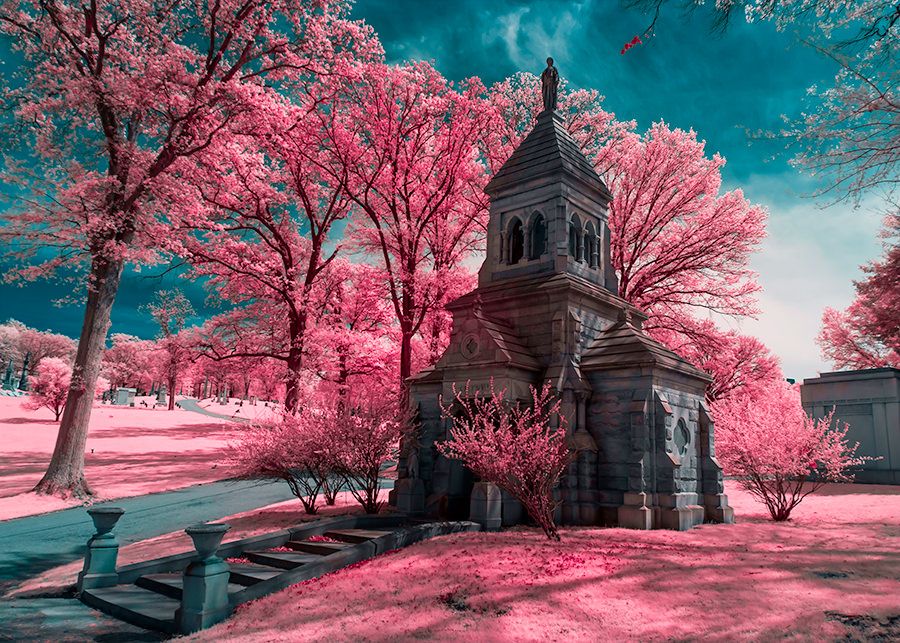
5.1. Introduction to Infrared:
- Explanation: Infrared photography involves using a modified camera or filter to capture the infrared spectrum.
- Tips: Invest in a dedicated infrared camera or have your camera converted, experiment with white balance adjustments, and use an infrared filter for conventional cameras.
Section 6: Astrophotography
Astrophotography allows you to capture the awe-inspiring beauty of the night sky, stars, and celestial objects.
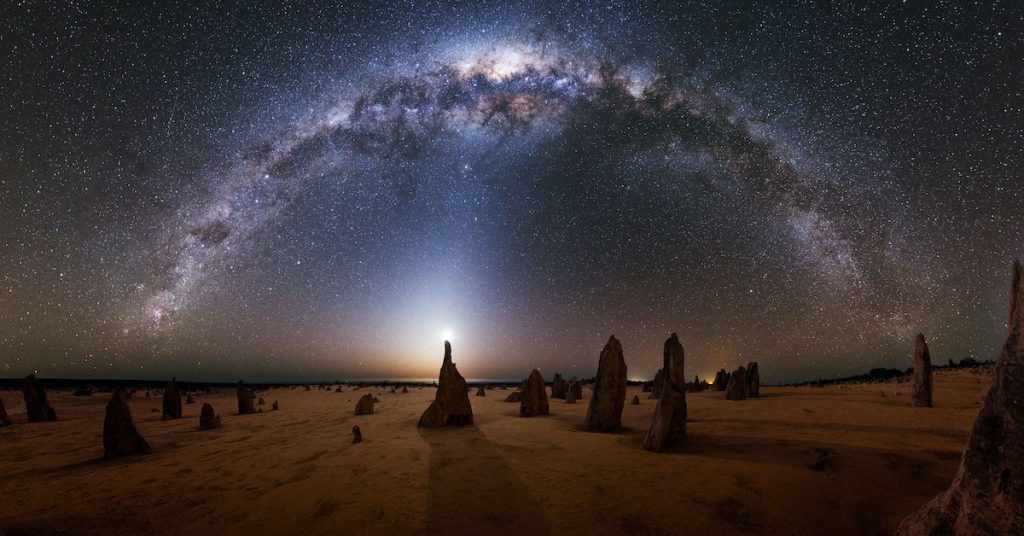
6.1. Stargazing with Your Camera:
- Explanation: Astrophotography involves photographing stars, planets, and deep-sky objects.
- Tips: Use a wide-angle lens with a fast aperture, track celestial objects with a star tracker, and stack multiple exposures for reduced noise.
Section 7: Tilt-Shift Photography
Tilt-shift photography creates a miniature effect and selective focus, transforming real scenes into whimsical landscapes.

7.1. Mastering Tilt-Shift Lenses:
- Explanation: Tilt-shift lenses allow you to control perspective, depth of field, and focus selectively.
- Tips: Understand lens movements, experiment with tilt and shift, and practice to achieve the desired creative effect.
By mastering these advanced photography techniques, you’ll not only expand your creative horizons but also enhance your ability to capture extraordinary moments in unique and captivating ways. Embrace the challenges, experiment with these techniques, and continue to push the boundaries of your photography skills. Remember that practice and patience are key to becoming a true master of your craft. Happy shooting!